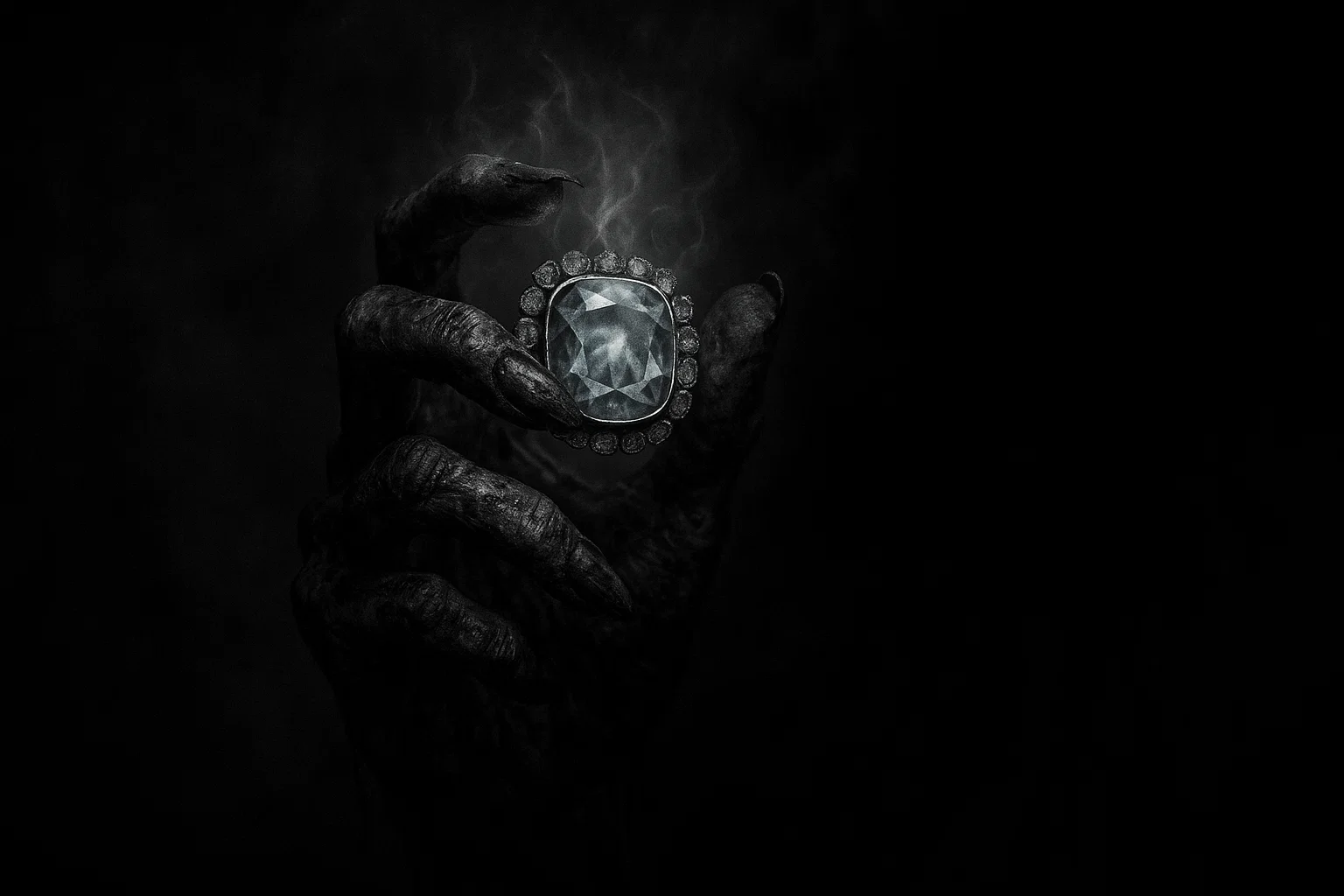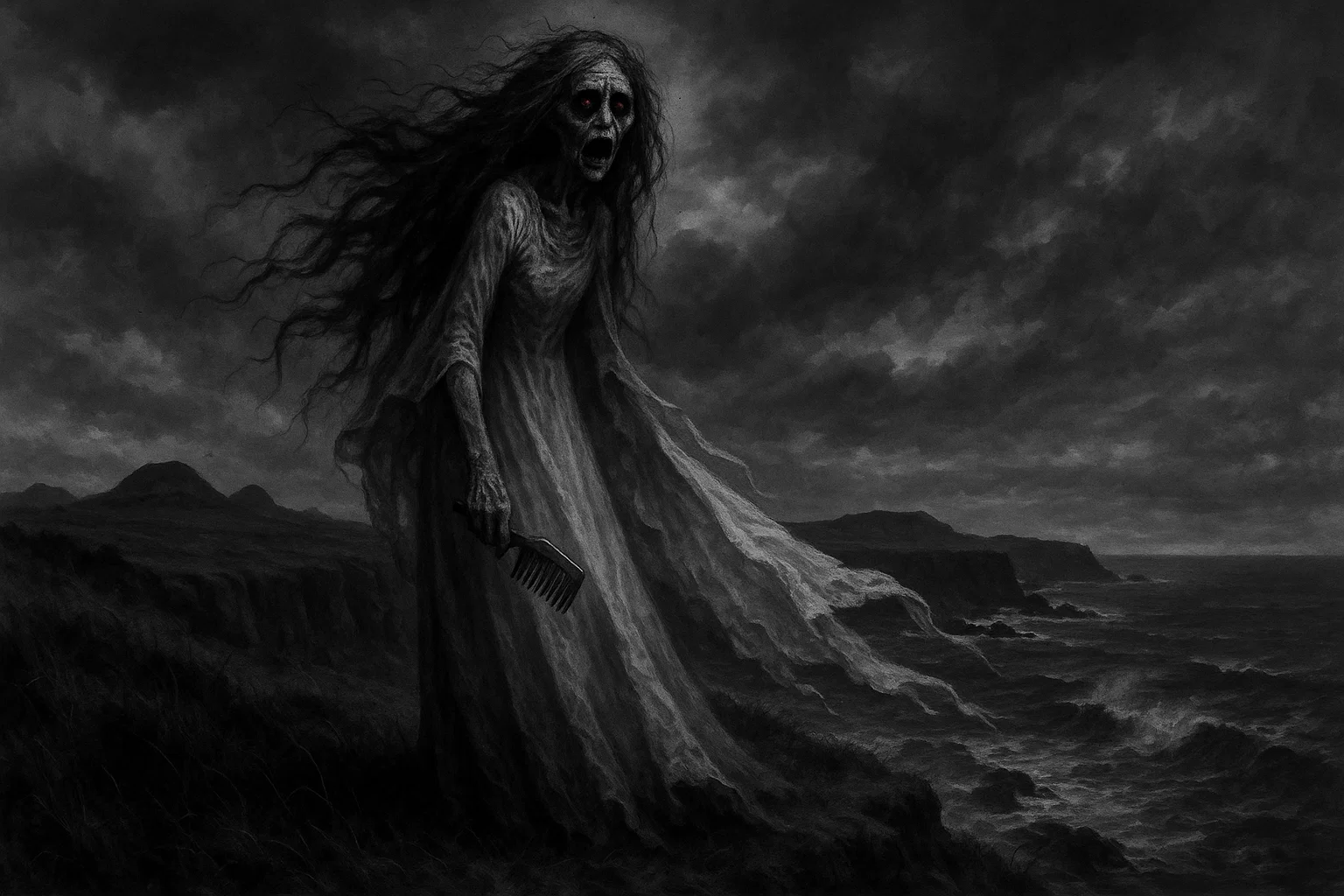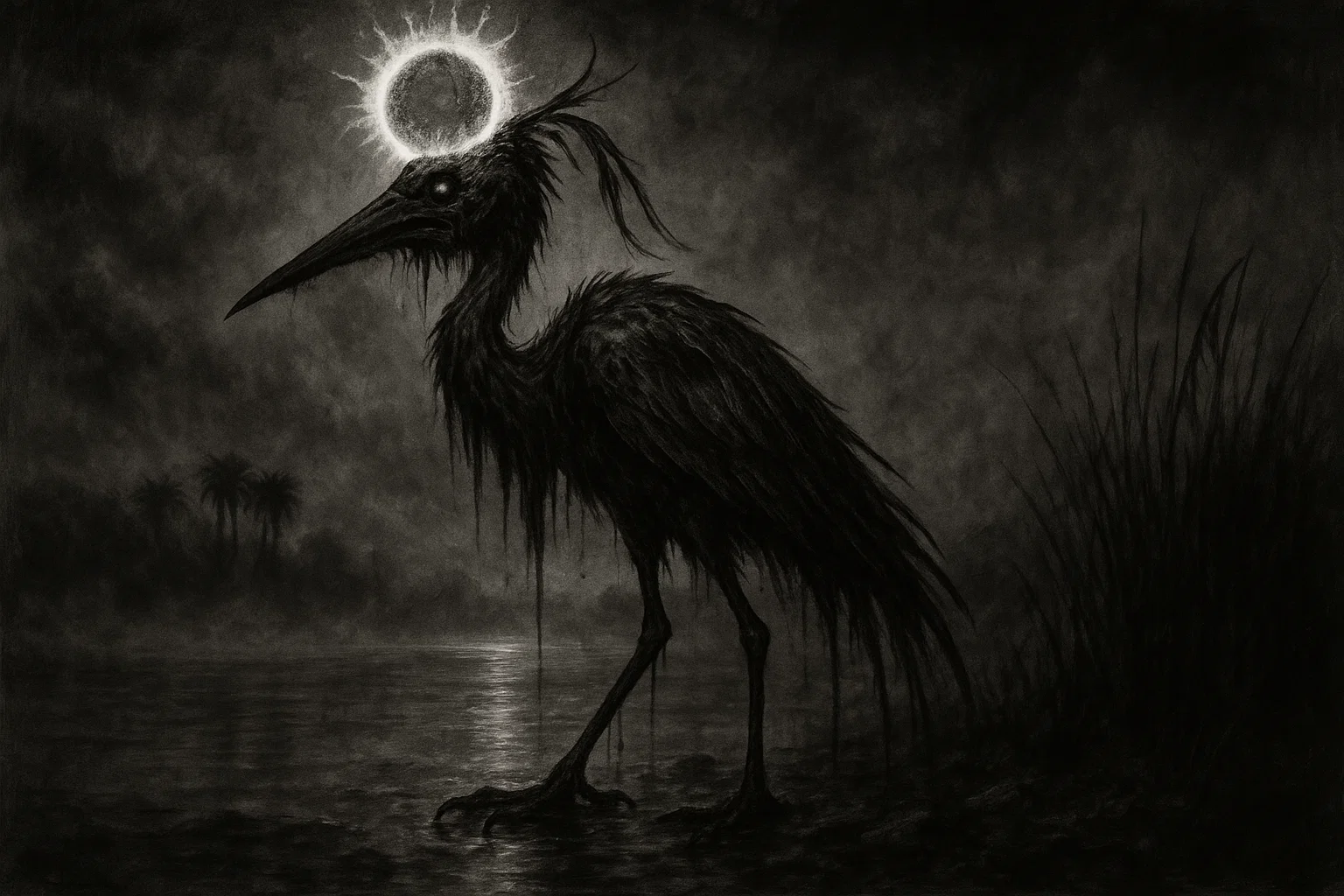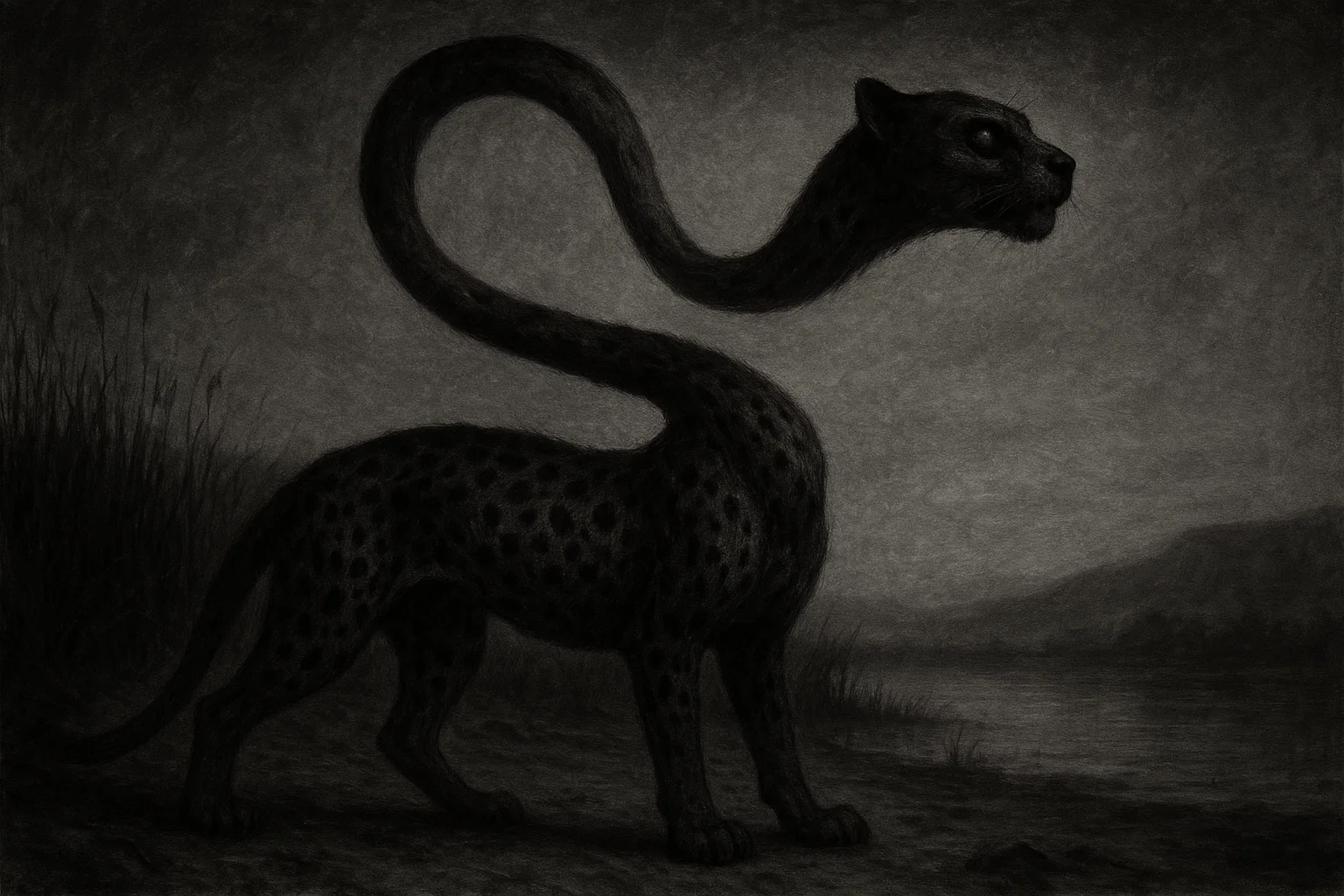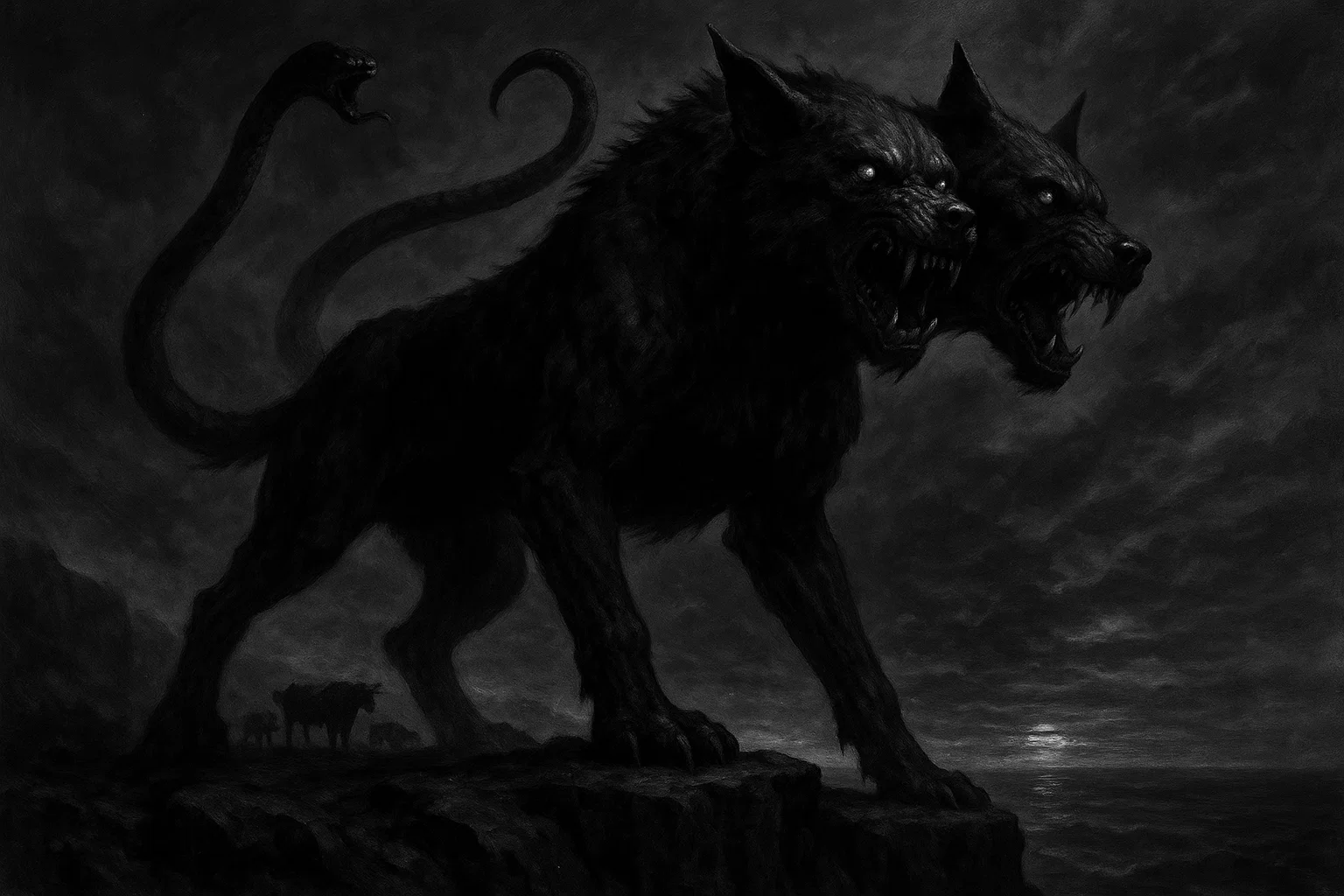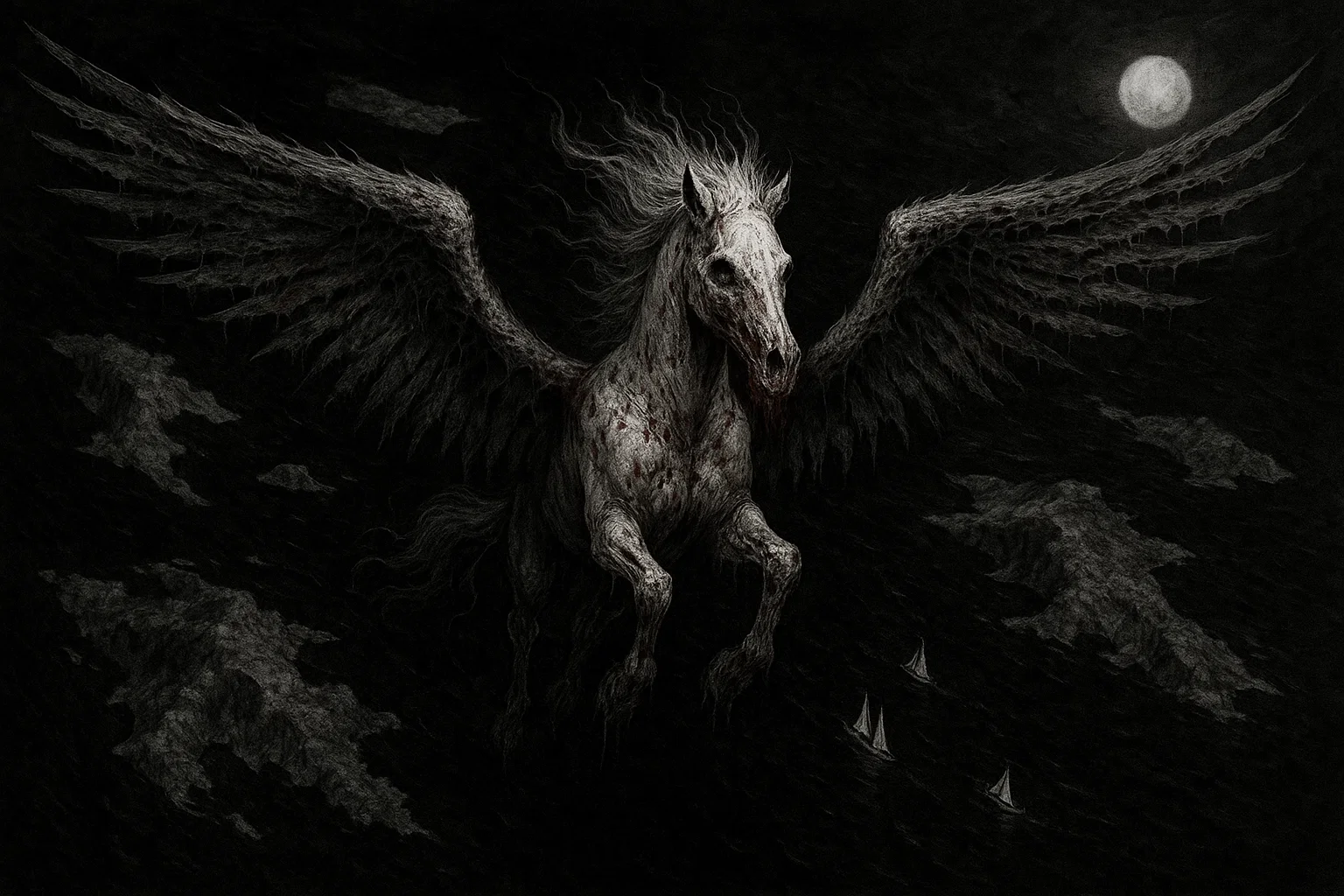The Hope Diamond curse weaves a chilling tale of beauty and doom. This 45.52-carat blue gem, renowned for its brilliance, carries a dark legend. Stolen from an Indian temple, it’s said to bring tragedy to its owners. From French royalty to American elites, misfortune follows the Hope Diamond.
Death, ruin, and despair mark its path. Is this cursed gem truly hexed, or is it just a myth? Dive into the eerie history of the Hope Diamond curse, a story that grips the imagination.
Summary
What Is the Curse of the Hope Diamond?
The Hope Diamond is a breathtaking 45.52-carat blue diamond. Its deep hue and size make it iconic. Yet, its fame stems from a sinister legend: the Hope Diamond curse.
This curse allegedly brings misfortune to anyone who owns or touches it. Tales of death, bankruptcy, and tragedy surround the gem. The story began in India, where it was reportedly stolen from a Hindu idol.
Since then, owners have faced grim fates. Skeptics call it a myth, but the cursed diamond’s lore persists.
Hope Diamond Haunted History
The Hope Diamond’s history is a tapestry of tragedy and intrigue. Its origins trace back to the 17th century in India’s Kollur Mine. French merchant Jean-Baptiste Tavernier bought the 112-carat stone in 1666. He sold it to King Louis XIV in 1668. The diamond, then called the French Blue, was recut to 67.125 carats. It became a jewel of the French Crown. But darkness loomed.
In 1792, during the French Revolution, thieves stole the French Blue. King Louis XVI and Marie Antoinette, who once owned it, faced grim ends. On January 21, 1793, Louis was guillotined.
Marie followed on October 16, 1793. Their confidante, Marie-Louise, Princess de Lamballe, met a horrific fate. A mob beat her to death on September 2, 1792, and paraded her head on a pike. These brutal deaths fueled the curse’s legend.
The diamond vanished until 1812. It reappeared in London with merchant Daniel Eliason, now cut to 45.52 carats.
In 1830, banker Henry Philip Hope acquired it, naming it the Hope Diamond. He died in 1839, possibly of illness. His family faced financial ruin. His nephew, Lord Francis Hope, inherited the gem but went bankrupt. He sold it in 1901 for £29,000 (about $5.2 million today). His marriage crumbled, and he died in poverty in 1941.
In 1909, Pierre Cartier sold the diamond to Evalyn Walsh McLean, a wealthy American. Her life became a cascade of sorrow. Her son, Vinson, died in a car crash in 1919 at age 9.
Her husband, Edward McLean, lost his sanity and died in a mental asylum in 1941. Their daughter, Evalyn, overdosed on sleeping pills in 1946 at age 25. Evalyn herself died in 1947, her fortune depleted.
Other owners faced eerie fates. May Yohé, an actress who briefly held the diamond, lost everything. Her two marriages failed, and she died penniless in 1938. Selim Habib, a dealer, reportedly owned it in 1909.
A false rumor claimed he drowned in a shipwreck. Sultan Abdul Hamid of Turkey, an alleged owner, was deposed in 1908. His favorite, Subaya, was slain, though evidence of his ownership is shaky.
Lesser-known tragedies add to the lore. Wilhelm Fals, a Dutch jeweler, cut the diamond in the 1700s. His son stole it and later killed himself. A Russian count and his actress lover, linked to the diamond in the early 1900s, met “bad ends,” though details are vague.
Simon Montharides, a Greek dealer, allegedly died with his family in a carriage accident after handling the gem. These stories, some unverified, deepen the Hope Diamond’s dark mystique.
The diamond’s trail of misery includes bizarre accidents and suicides. Fires reportedly plagued owners’ homes, though records are scarce. A 1908 newspaper claimed a French jeweler, Jacques Colot, went mad and killed himself after handling the stone.
Another tale speaks of a courier who died in a freak accident while transporting it. These events, whether true or embellished, paint the Hope Diamond as a harbinger of doom.
In 1949, jeweler Harry Winston bought the diamond. He donated it to the Smithsonian in 1958. Since then, no major tragedies have occurred. The gem rests in Washington, D.C., drawing millions.
Yet, its grim history—full of murders, suicides, and ruin—keeps the curse alive in public imagination.
You May Also Like: Who Is Sitri? Inside Hell’s Sinister Trio and the Evil Trinity
Hope Diamond Curse Manifestations
The Hope Diamond curse manifests through misfortune, not ghostly sightings. Owners and handlers have reported tragedies, from violent deaths to financial collapse. Below, we detail some of the best-documented cases.
This table lists all reported misfortunes linked to the Hope Diamond, from its earliest history to 2025, including verified and anecdotal accounts:
| Owner/Associated Person | Misfortune | Year | Location |
|---|---|---|---|
| Jean-Baptiste Tavernier | Allegedly mauled by wild dogs | Disputed (1660s–1689) | India/France |
| Nicholas Fouquet | Imprisoned, died in jail | 1680 | Pinerolo, France |
| King Louis XIV | Died of gangrene, five children died young | Sep 1, 1715 | Versailles, France |
| King Louis XV | Financial ruin, died hated | May 10, 1774 | Versailles, France |
| Marie-Louise, Princess de Lamballe | Beaten to death by mob | Sep 2, 1792 | Paris, France |
| King Louis XVI | Guillotined | Jan 21, 1793 | Paris, France |
| Marie Antoinette | Guillotined | Oct 16, 1793 | Paris, France |
| Wilhelm Fals | Son stole diamond, committed suicide | 1700s | Amsterdam, Netherlands |
| Jacques Colot | Went mad, committed suicide | Oct 15, 1908 | Paris, France |
| Henry Philip Hope | Died suddenly | Dec 5, 1839 | London, England |
| Thomas Hope | Lost fortune | 1840s | London, England |
| Lord Francis Hope | Bankruptcy, sold diamond | Nov 14, 1901 | London, England |
| May Yohé | Two failed marriages, died in poverty | Aug 28, 1938 | Boston, MA, USA |
| Sultan Abdul Hamid II | Deposed, favorite Subaya slain | Apr 27, 1909 | Istanbul, Turkey |
| Subaya | Slain | 1908 | Istanbul, Turkey |
| Selim Habib | False report of shipwreck death | 1909 | Mediterranean Sea |
| Simon Montharides | Died with family in carriage accident | 1909 | Athens, Greece |
| Russian count | Met “bad end” | Early 1900s | Russia |
| Russian actress | Met “bad end” | Early 1900s | Russia |
| Evalyn Walsh McLean | Son died in crash, daughter’s suicide, husband’s insanity | 1919–1946 | USA |
| Vinson Walsh McLean | Died in car crash | Jun 12, 1919 | Newport, RI, USA |
| Edward McLean | Declared insane, died in asylum | Jul 18, 1941 | Baltimore, MD, USA |
| Evalyn Reynolds McLean | Suicide by overdose | Sep 26, 1946 | New York, NY, USA |
| Courier (unnamed) | Died in transport accident | Early 1900s | Unknown |
Note: Some accounts, like Tavernier’s death or the Russian count’s fate, lack solid evidence. No new misfortunes have been reported since the diamond’s donation to the Smithsonian on November 10, 1958.
King Louis XVI and Marie Antoinette (1792–1793)
King Louis XVI and Queen Marie Antoinette owned the French Blue, the Hope Diamond’s precursor, during their reign. On September 11–17, 1792, thieves looted the Garde-Meuble, the French royal treasury in Paris, stealing the diamond during the French Revolution’s chaos.
Louis, aged 38, was guillotined on January 21, 1793, at Place de la Révolution before a jeering crowd of thousands. Marie Antoinette, 37, met the same fate on October 16, 1793, after a trial condemning her for treason.
Their close friend, Marie-Louise, Princess de Lamballe, suffered a gruesome death on September 2, 1792. A revolutionary mob beat her to death, mutilated her body, and paraded her head on a pike outside Marie’s prison window at La Force.
The brutality of these events, linked to the diamond’s theft, marks the curse’s violent origin. Some argue the Revolution’s political turmoil, not a supernatural force, caused these deaths, but the timing fuels the legend.
You May Also Like: Photographs from Another World | Horror Story
Henry Philip Hope (1839)
Henry Philip Hope, a wealthy British banker and gem collector, acquired the Hope Diamond around 1830. He displayed it in his London mansion at Piccadilly, cataloging it among his vast collection.
On December 5, 1839, Hope died suddenly at 65, likely from pneumonia or a similar respiratory illness, though no autopsy confirmed the cause. His death sparked rumors of the curse. His family faced further calamity: his brother, Thomas Hope, lost much of his wealth in failed investments by 1841, and his descendants battled chronic illnesses and debts.
The diamond passed to his grandnephew, Lord Francis Hope, whose own misfortunes deepened the curse’s grip. The suddenness of Hope’s death and his family’s decline tied the diamond to tragedy.
Lord Francis Hope (1901)
Lord Francis Hope, Henry’s grandnephew, inherited the Hope Diamond in the 1890s. By 1898, he faced crippling debts from gambling and lavish spending. On November 14, 1901, he sold the diamond to London jeweler Adolph Weil for £29,000 (equivalent to $5.2 million today) to avoid total ruin.
His marriage to American actress May Yohé collapsed in 1902 amid public scandal, leaving him socially ostracized. Francis lived in obscurity, dying penniless on April 2, 1941, in London at age 75.
His financial collapse and personal disgrace are often cited as evidence of the curse’s power, though critics point to his reckless lifestyle as the true cause.
Evalyn Walsh McLean (1911–1947)
Evalyn Walsh McLean, a Washington, D.C., socialite and heiress, purchased the Hope Diamond on January 28, 1911, from Pierre Cartier for $180,000. She wore it boldly, often hiding it during lavish parties at her Georgetown mansion for guests to find. Tragedy struck repeatedly.
Her son, Vinson Walsh McLean, aged 9, died on June 12, 1919, in a car accident in Newport, Rhode Island, when his bicycle collided with a vehicle.
Her husband, Edward McLean, owner of the Washington Post, succumbed to alcoholism and mental illness, declared insane in 1933. He died in Sheppard Pratt Hospital, Baltimore, on July 18, 1941, at 52.
Their daughter, Evalyn Reynolds McLean, overdosed on sleeping pills on September 26, 1946, in New York City at age 25, ruled a suicide. Evalyn herself battled financial strain as her mining fortune dwindled.
She died of pneumonia on April 26, 1947, at 60 in Washington, D.C. Despite her defiance of the curse—calling it “bad luck” she could overcome—her family’s losses cemented its reputation.
May Yohé (Early 1900s)
May Yohé, an American actress and singer, was married to Lord Francis Hope from 1894 to 1902. She handled the Hope Diamond during its sale in 1901, wearing it in public performances.
After their divorce, her life spiraled. Her second marriage to Putnam Bradlee Strong ended in 1905 after his theft and abandonment. A third marriage to John Smuts in 1914 also failed.
By 1920, Yohé was destitute, performing in vaudeville in Boston to survive. She publicly blamed the Hope Diamond for her ruin in a 1921 interview, claiming it “brought misery to all who touched it.”
She died in poverty on August 28, 1938, in Boston at 71. Her vocal advocacy of the curse amplified its legend, though her troubles may reflect personal and financial missteps.
Sultan Abdul Hamid II (1908)
Sultan Abdul Hamid II, ruler of the Ottoman Empire from 1876 to 1909, allegedly owned the Hope Diamond around 1908.
That year, the Young Turk Revolution forced his deposition on April 27, 1909, in Istanbul. His favorite concubine, Subaya, was reportedly murdered during the unrest, though details are vague.
Rumors suggest the diamond passed through his court before reaching Western markets, but no records confirm this. His fall from power, marked by riots and exile to Thessaloniki, is cited as a curse manifestation.
Skeptics argue his political enemies, not a supernatural force, caused his downfall, and his ownership remains unverified.
You May Also Like: The Pickens County Courthouse Haunting: Is the Face Real?
Jacques Colot (1908)
Jacques Colot, a French jeweler, reportedly handled the Hope Diamond in Paris around 1908 during its sale to Selim Habib. According to a 1908 French newspaper report, Colot descended into madness shortly after.
On October 15, 1908, he took his life by hanging in his Paris shop, aged 42. The article claimed he raved about a “cursed blue stone” before his death.
While the story aligns with the curse’s timeline, its authenticity is debated, as sensationalist papers often exaggerated such tales. Colot’s suicide, if true, adds a chilling chapter to the diamond’s grim legacy.
Simon Montharides (Early 1900s)
Simon Montharides, a Greek gem dealer, allegedly acquired the Hope Diamond briefly in 1909 before its sale to Pierre Cartier. Soon after, he and his family died in a tragic carriage accident in Athens.
The incident, reported in a 1910 Greek journal, claimed their horse-drawn carriage overturned on a cliffside road, killing Montharides, his wife, and two children.
The exact date and details are murky, and some historians dismiss the story as folklore. If true, the accident’s sudden violence strengthens the curse’s reputation for bizarre tragedies.
Theories Behind the Hope Diamond Curse
The Hope Diamond curse has sparked debate. Is it supernatural, or just bad luck?
Hindu Goddess’s Wrath
Legend claims the diamond was stolen from a statue of Sita, a Hindu goddess, in a temple near Golconda, India. Her curse dooms owners to misery. This fits the diamond’s Indian origin and early tragedies, like Tavernier’s alleged death. However, no evidence confirms a temple theft. The story may be a 19th-century myth to boost the gem’s mystique.
Negative Energy Conduit
The diamond might absorb and emit negative energy. Its unique blue hue, caused by boron, could amplify this. Owners like Evalyn Walsh McLean faced relentless tragedy, supporting this idea. Yet, no scientific proof links gems to energy fields, weakening the theory.
Spiritual Attachment
Spirits of past owners, like Marie Antoinette or Princess de Lamballe, might cling to the diamond. Their violent deaths could fuel a vengeful force. This explains the string of misfortunes across centuries. However, no ghostly sightings are reported, unlike other cursed objects.
Karmic Retribution
The diamond’s theft and recutting might carry karmic consequences. Owners profiting from its beauty face punishment. This fits the moral undertone of early curse tales. But it relies on unprovable spiritual beliefs, limiting its credibility.
Coincidence and Selection Bias
Tragedies are common, especially for high-profile owners like royalty. Linking them to the diamond is selective reasoning. Louis XVI’s execution was political, not supernatural. This theory fits the lack of consistent misfortune patterns. It struggles to explain the sheer volume of tragedies, though.
You May Also Like: The Gold of Tolosa: History’s Most Cursed Treasure?
Publicity Stunt by Jewelers
Pierre Cartier may have spread the curse story to sell the diamond to Evalyn Walsh McLean in 1911. Exaggerated tales boosted its value. This explains the curse’s rise in the 20th century. However, earlier misfortunes, like the French Revolution deaths, predate Cartier’s involvement.
Psychological Self-Fulfilling Prophecy
Belief in the curse could cause owners to expect doom, leading to poor choices. Evalyn Walsh McLean’s defiance of the curse didn’t spare her family. This theory fits human behavior but lacks evidence of owners’ mental states.
Historical Turbulence
Owners lived in chaotic times, like the French Revolution or economic crises. These naturally caused misfortune. Louis XVI’s execution and Lord Francis Hope’s bankruptcy align with historical events, not a curse. This doesn’t fully account for personal tragedies, like Evalyn’s family losses.
Exaggerated Folklore
Stories like Tavernier’s dog attack or Montharides’ carriage crash may be fabricated. Newspapers in the 1900s sensationalized the curse. This explains unverified accounts but not documented tragedies like the McLean family’s losses.
Hope Diamond vs Other Cursed Objects
The Hope Diamond joins a grim roster of cursed objects. From haunted dolls to deadly tombs, these artifacts share tales of misfortune:
| Object | Location | Nature of Curse | Notable Incidents |
|---|---|---|---|
| Robert the Doll | Key West, FL, USA | Misfortune for disrespect | Visitors report accidents after mocking the doll |
| The Conjure Chest | Frankfort, KY, USA | Death or injury to owners | 16 deaths, including a maid in 1900 |
| King Tut’s Tomb | Valley of the Kings, Egypt | Death to disturbers | Lord Carnarvon’s 1923 death from infection |
| The Crying Boy Paintings | Various | Survives house fires | Fires in 1980s UK left paintings unharmed |
| Delhi Purple Sapphire | London, UK | Misfortune to owners | Owners faced ruin, gem sealed in boxes |
| Busby’s Chair | Thirsk, UK | Death to sitters | Multiple sudden deaths, chair hung in museum |
| The Basano Vase | Unknown | Death to owners | Owners died after 1988 auction |
| The Hands Resist Him | Private ownership | Moving figures, death | Gallery owner died, figures moved at night |
| James Dean’s Little Bastard | USA (parts sold) | Accidents and deaths | James Dean’s 1955 crash, parts caused wrecks |
| The Terracotta Army | Xi’an, China | Ruin to discoverers | Farmers lost homes, three died post-1974 |
| Ötzi the Iceman | Bolzano, Italy | Death to handlers | Seven deaths, including researcher in 2004 |
| The Little Mannie | Manchester, UK | Accidents to staff | Injuries and falls near the head |
| Carl Pruitt’s Grave | Texas, USA | Strangulation deaths | Deaths after defacing tombstone |
The Hope Diamond’s curse centers on misfortune, like the Delhi Purple Sapphire or King Tut’s Tomb. Unlike Robert the Doll or The Hands Resist Him, it lacks ghostly apparitions. Its historical tragedies align with turbulent eras, setting it apart from objects with active paranormal claims.
Is the Hope Diamond Curse Real?
The Hope Diamond curse is a gripping legend. Beheadings, suicides, and bankruptcies mark its path. Yet, many stories are unverified or exaggerated.
The French Revolution caused Louis XVI’s and Marie Antoinette’s deaths, not a curse. Evalyn Walsh McLean’s tragedies, though real, could stem from wealth and fame’s pressures.
Since 1958, the diamond has sat safely in the Smithsonian. No new misfortunes have emerged. This suggests the curse may be folklore, born from coincidence and clever marketing.
Still, the Hope Diamond’s allure endures. Its deep-blue glow draws millions in Washington, D.C. Whether cursed or not, it remains a symbol of beauty and mystery. The Hope Diamond curse blends fact and fiction, captivating all who hear its tale.

